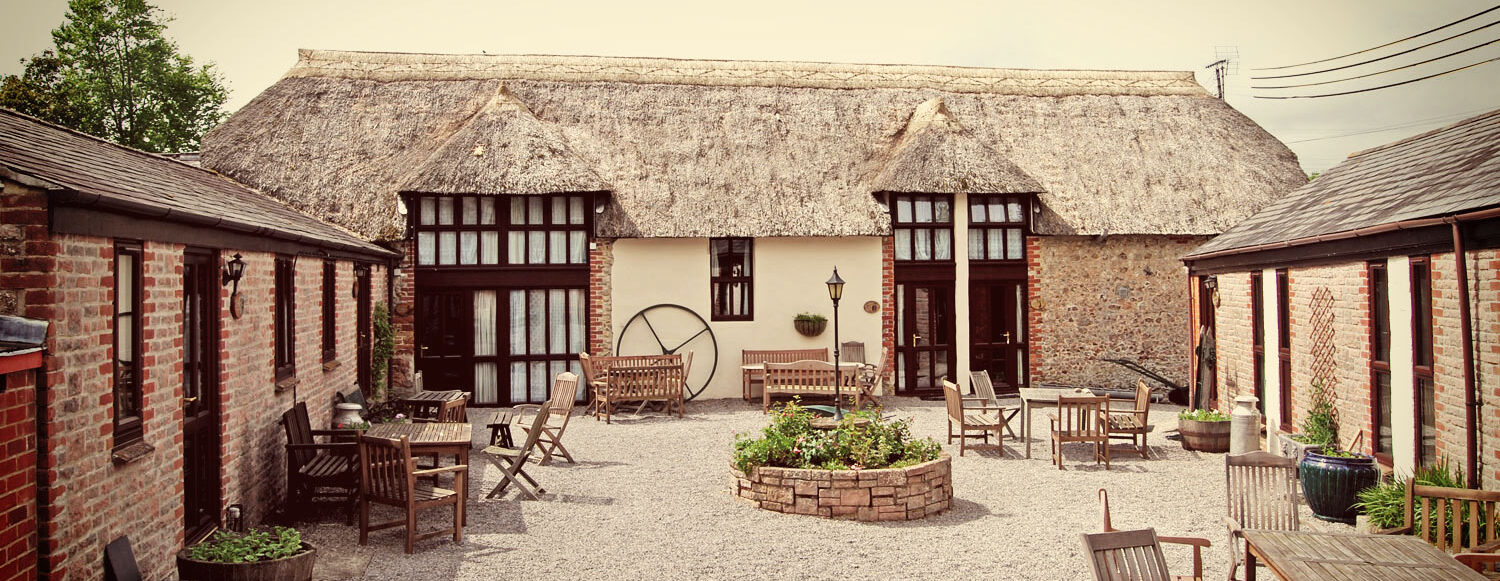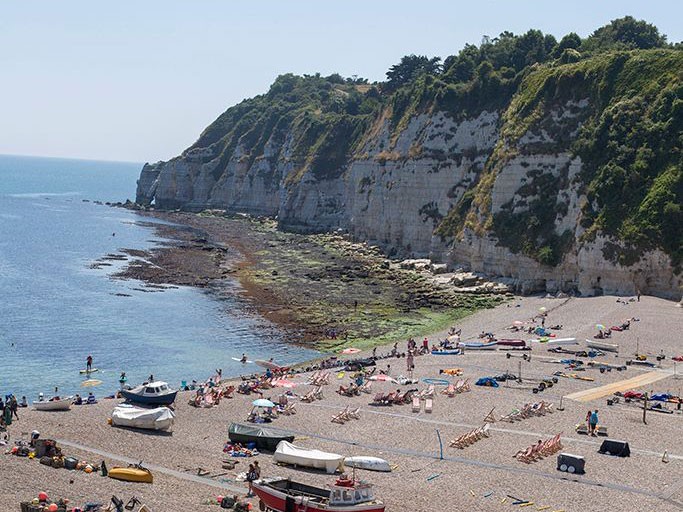Whitchurch Canonicorum
 Set in the Marshwood Vale – an Area of Outstanding Natural Beauty near Charmouth in West Dorset, 5 miles from the Devon border – on the Jurrasic Coast (Fossils), a designated Site of Special Scientific Interest, proposed as a World Heritage Site.
Set in the Marshwood Vale – an Area of Outstanding Natural Beauty near Charmouth in West Dorset, 5 miles from the Devon border – on the Jurrasic Coast (Fossils), a designated Site of Special Scientific Interest, proposed as a World Heritage Site.
Berehayes Farm Cottages are situated in the small historic village of Whitchurch Canonicorum, a conservation area, on the edge of the glorious Marshwood Vale. The ancient Church of St Candida and Holy Cross, known as the cathedral of the Vale, is situated in the midst of the village and is the only Church in the country to contain the relics of the Saint that it is named after.
The surrounding countryside is deservedly designated as an area of outstanding natural beauty and there are magnificent unspoiled views in every direction. The major historic sites at Lamberts Castle and Pilsden Pen are within easy reach and reward their visitors with some of the best views across Dorset.
The Heritage Coast footpaths stretch for miles around Lyme Bay, over Golden Cap (the highest point on the south coast) and along Chesil Beach, providing panoramic views that are truly spectacular! Lyme Regis, to the west, with it’s ancient Cobb harbour and West Bay (Bridport), to the east are both within 5 miles. Charmouth has a sandy beach and Heritage Coast Centre and is 3 miles away. Fossils which were formed within the Jurassic rocks 200 million years ago can be found along the shoreline and they attract geologists and fossil hunters from around the world.
There is something for everyone in this region of temperate climes, gentle downlands and sweeping coastlines. The area offers activities and facilities for all ages including golf, tennis, bowls, horse riding, sea and coarse fishing, sailing and walking – the list is endless.
Links with fame and History
One of Queen Elizabeth’s knights, Sir John Jeffrey, lies with a helmet above him on a rich and delicate tomb by the altar in the joyous manner of the early 17th century craftsman. He has a canopy over him. There is only a modern brass plaque to Sir George Somers, voyager with Sir Walter Raleigh and discoverer of the Bermudas. He lived in Berne Manor on the road out of the village towards Charmouth. It is romantic to think that in this quiet place lies the man who gave us the Bermuda Islands.
Born in Lyme Regis in 1554 Sir George Somers sailed with Raleigh yet found time to sit in Parliament and even to be mayor of Lyme Regis. Such a man was bound to take his part in the colonisation of Virginia, and he sailed with settlers in nine little ships, only to see his own vessel wrecked on a coral island in the North Atlantic. It was one of the Bermuda Islands, which Shakespeare’s Ariel called the Bermoothes. Somers, like a proper Englishman of those days, took possession of the island for his country, and for nearly a year directed his men in building new boats out of the wrecked ship’s timbers, ultimately taking off every soul alive and landing them safely in Virginia. He found the colonists famished and remembering the fertility of the island, he sailed back to Bermuda for supplies. Again storms buffeted him and he reached Bermuda in November 1610 just in time to die. They buried his heart on the island and brought his body back to Dorset.
Local attractions
Click on attraction for website
Beaches
Sandy – Lyme Regis, West Bay & Weymouth
Shingle – Charmouth, Seatown, Burton Bradstock & West Bay
Pebble – Lyme Regis, Chesil Beach & Seaton
Fossils – Charmouth & Lyme Regis
Sailing – Lyme Regis
Boat Tours & Fishing – Lyme Regis, West Bay
Jurassic Electric Bike Tours – Marshwood Trails
Quad Biking – Buckland Newton
Bike Track – Symondsbury Estate
Plus lots of fabulous restaurants in the area, full details are left in the cottages for guests perusal but these are a few of our favourites:-
– Get 10% discount when staying with us!






